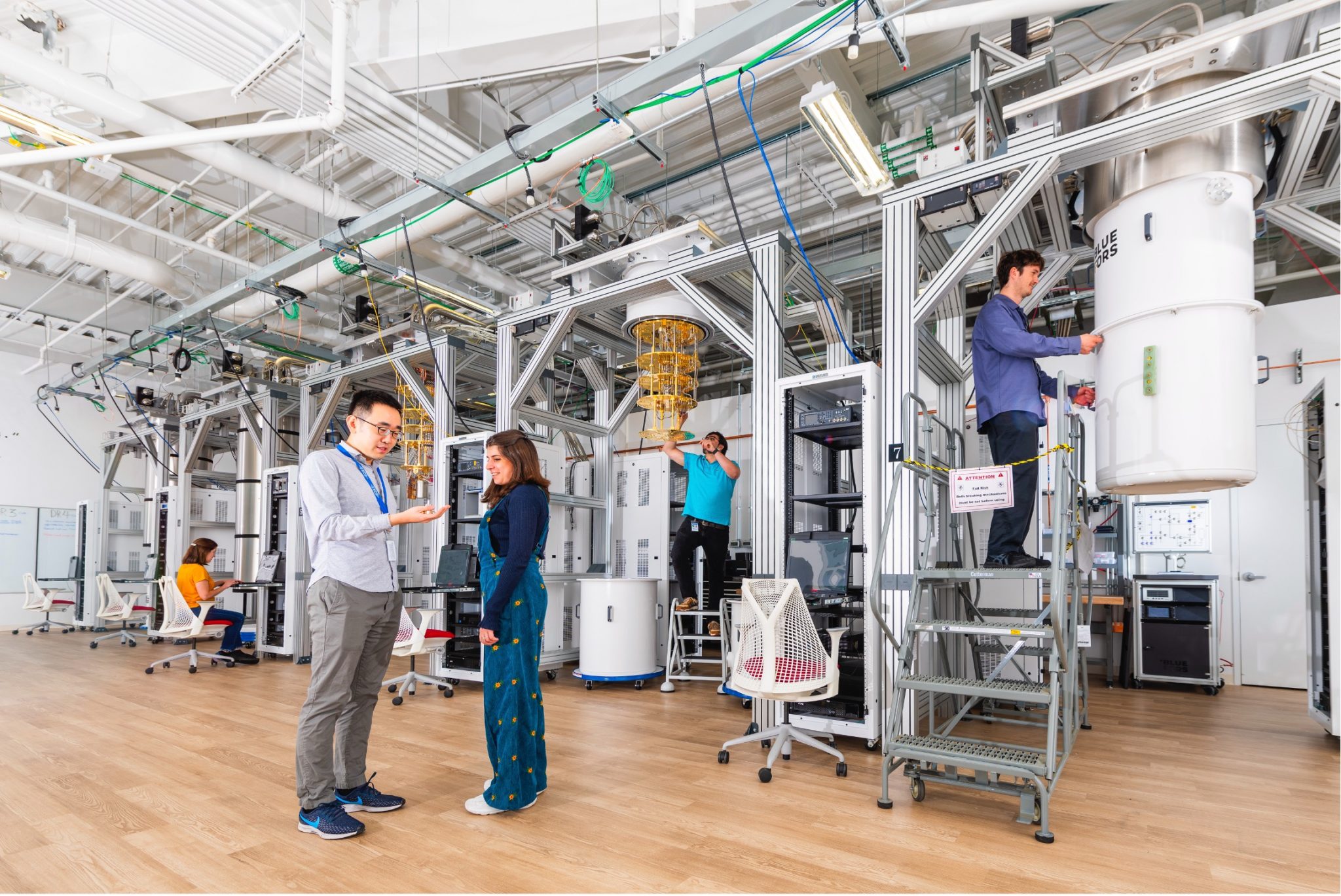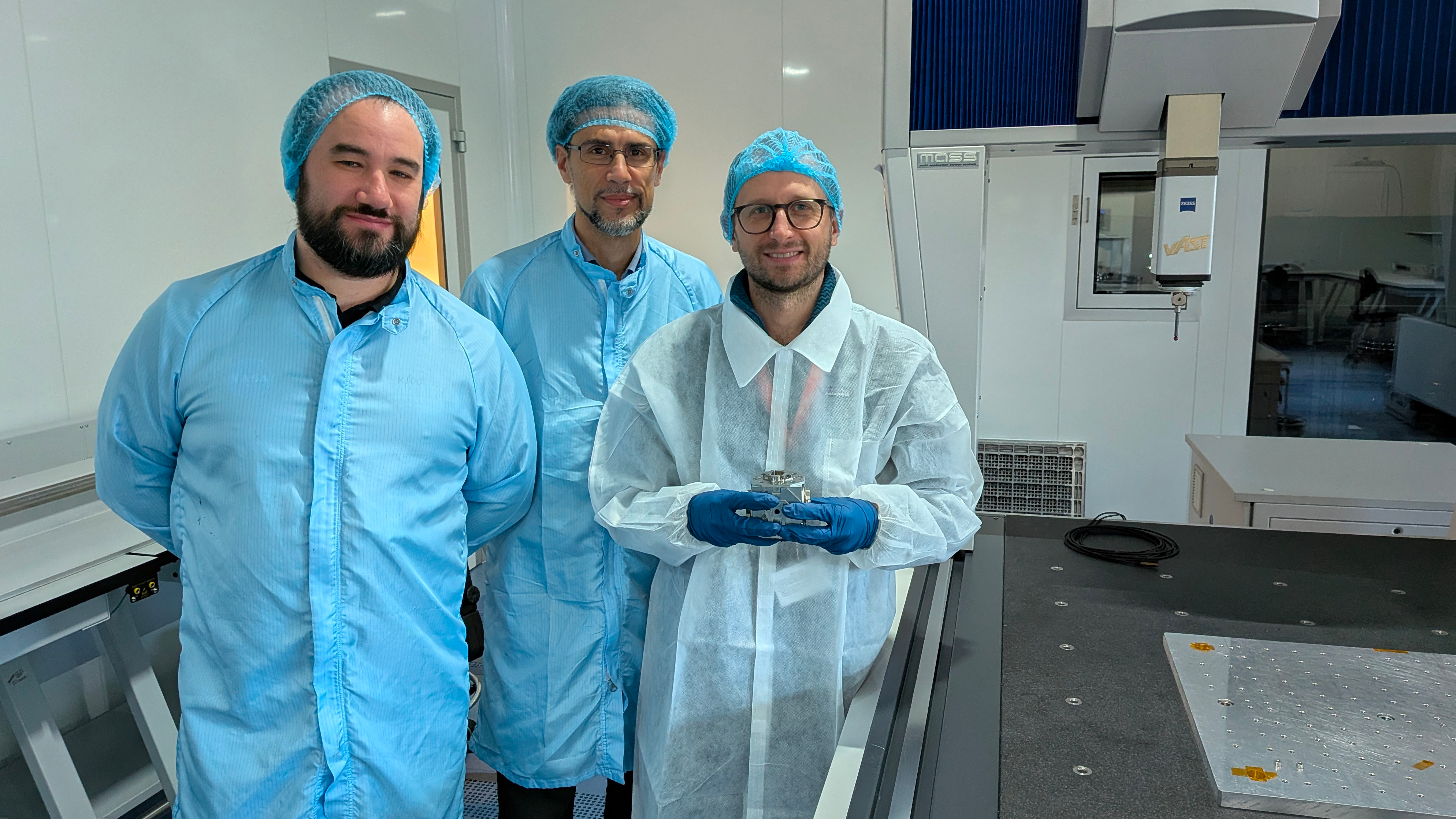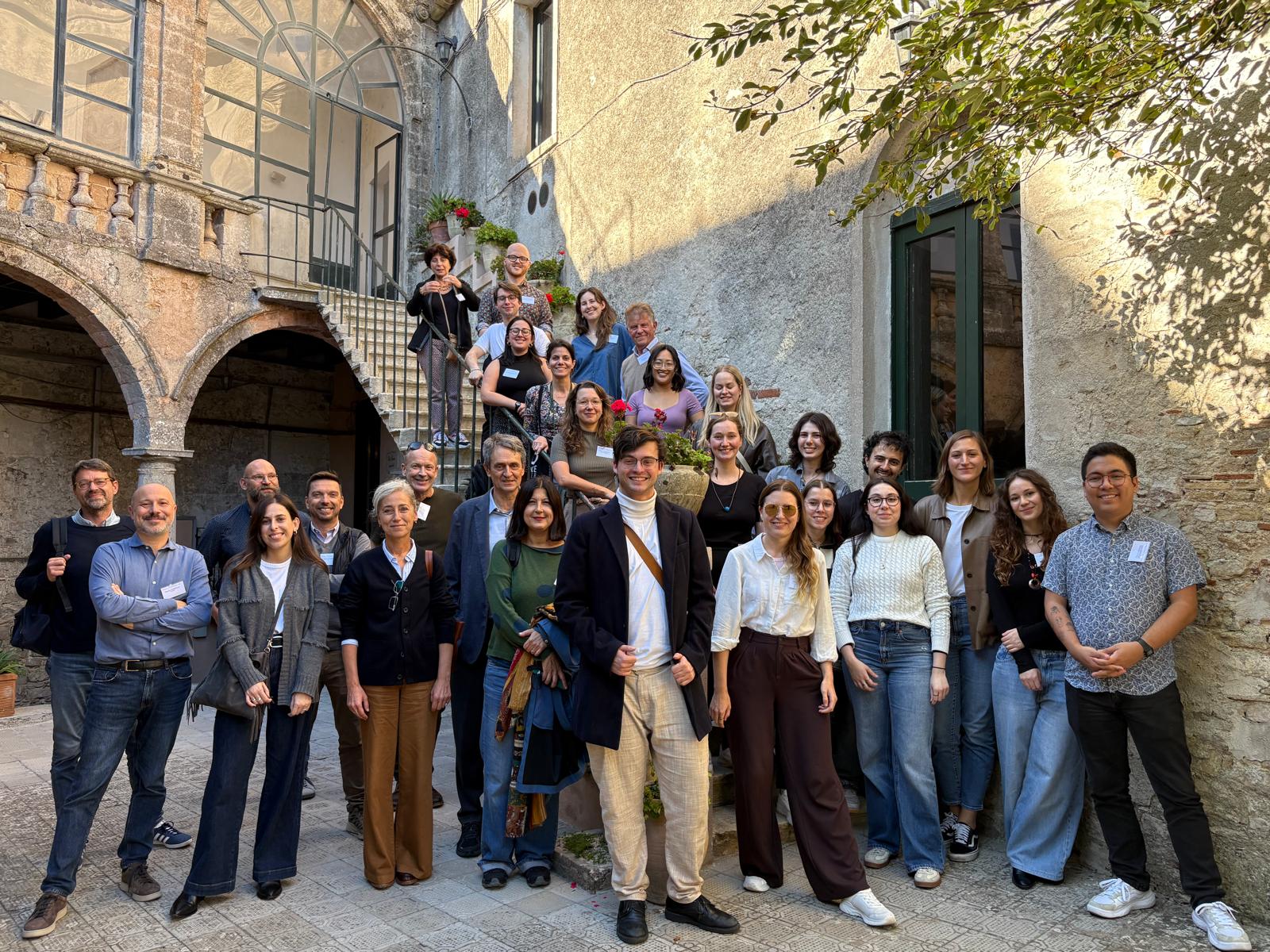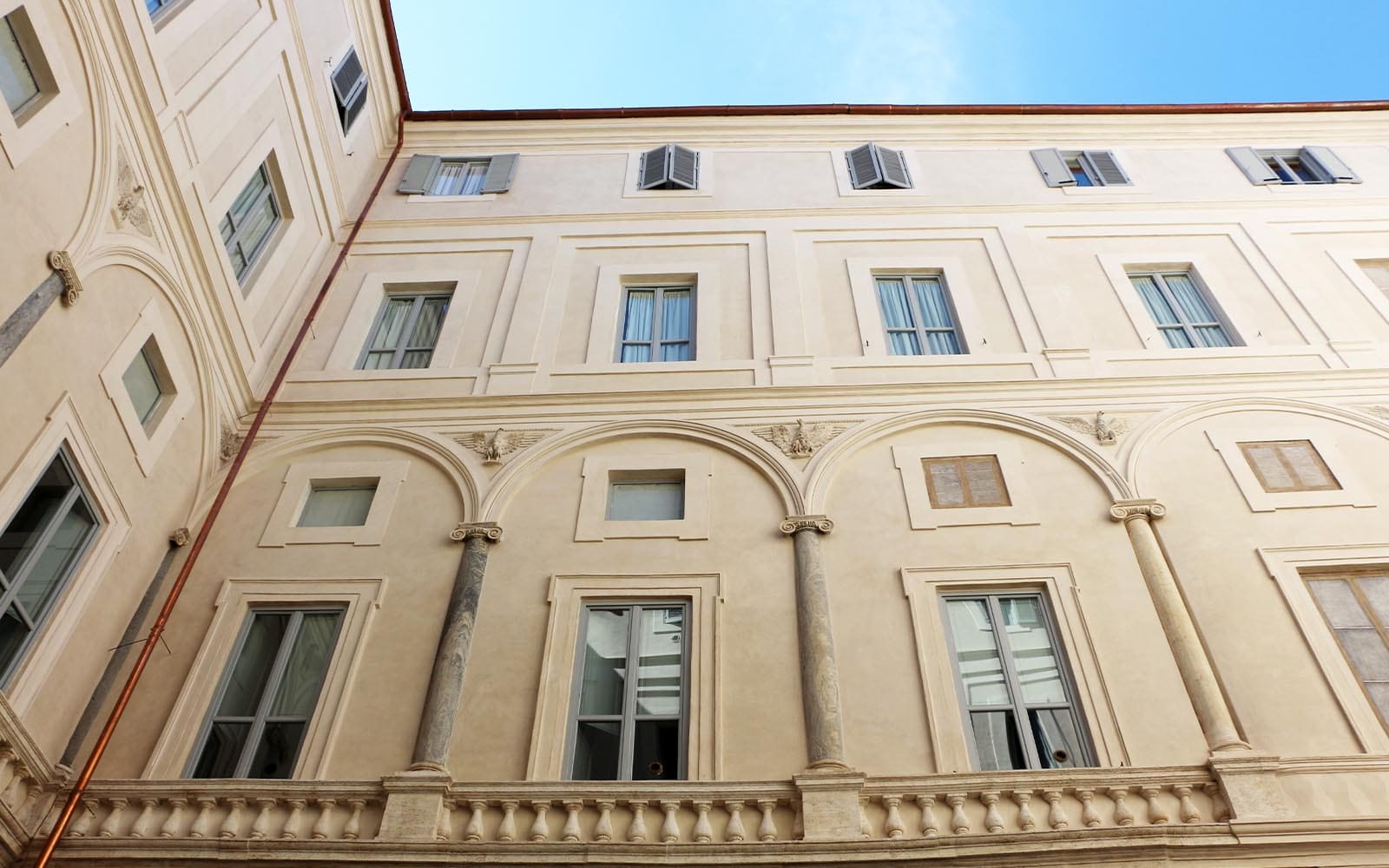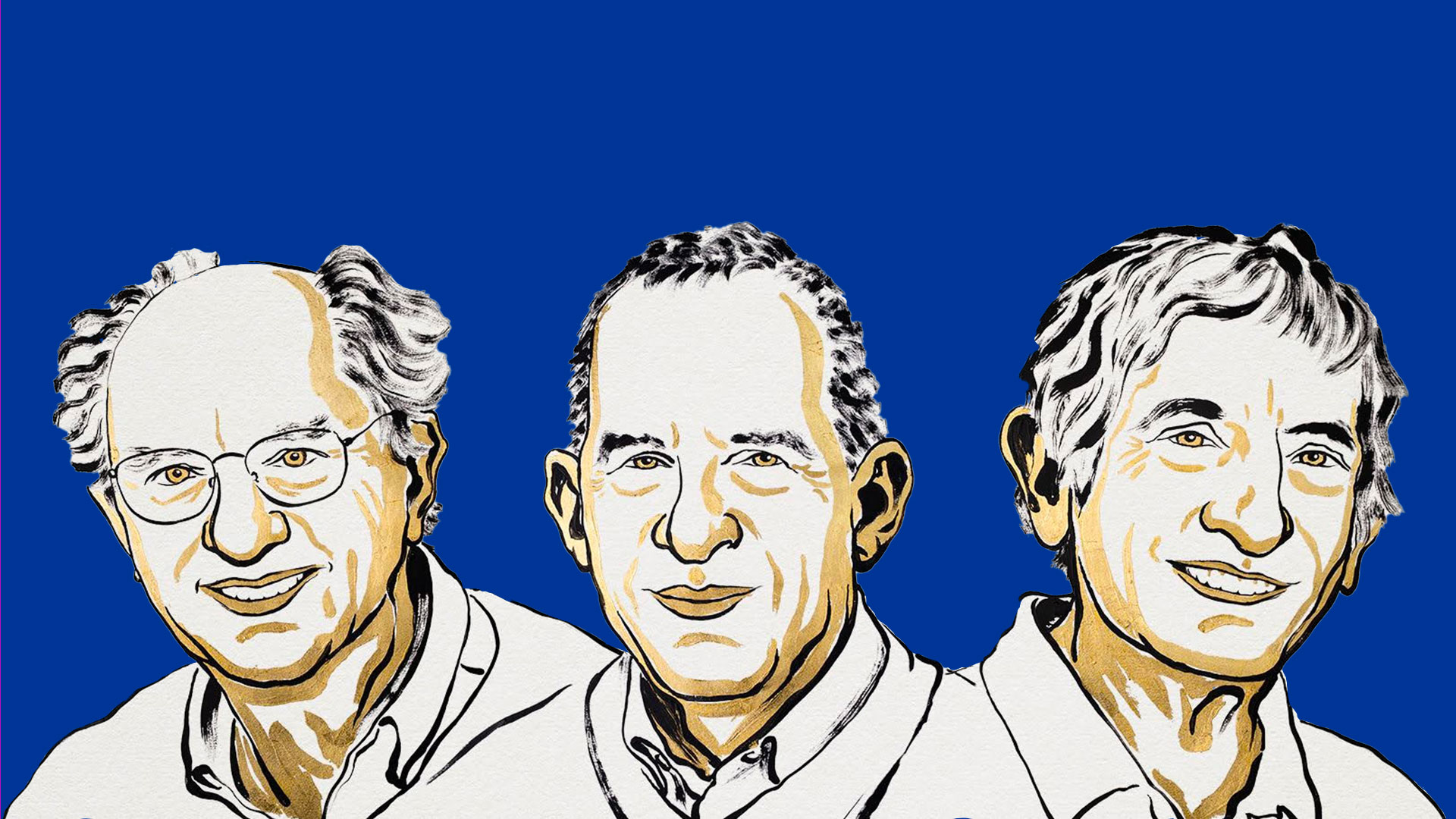The Nobel Prize in Physics 2025 has been awarded to John Clarke, Michel H. Devoret and John M. Martinis “for the discovery of macroscopic quantum mechanical tunnelling and energy quantisation in an electric circuit”.
The award recognises the research carried out by Clarke, Devoret and Martinis for having demonstrated that an electrical circuit, specifically a superconducting circuit at low temperatures, behaves according to the laws of quantum mechanics rather than classical mechanics, exhibiting quantum effects such as the so-called tunnelling effect.
“In classical physics, a particle cannot overcome an ‘energy barrier’ – known as a potential barrier – unless it possesses energy greater than the height of the barrier itself”, explains Marco Ciuchini, theoretical physicist at INFN and member of the Institute’s Executive Board. “But in quantum mechanics, there is an exponentially small probability that a particle can pass through an arbitrarily high obstacle. This passage through a classically inaccessible potential energy barrier by a particle is known as the tunnelling effect”.
The discovery recognised today by the Nobel Prize in Physics has had a significant impact and has led to several applications, including the development of the superconducting platform used to create qubits, the fundamental units of information in quantum computers. Moreover, it has paved the way for the possibility of engineering, much as is done in semiconductor electronics, devices that exploit the laws of quantum mechanics to achieve performances otherwise unattainable.
“INFN is deeply involved in research on quantum technologies: for instance, it is working on the development of superconducting qubits and their associated control systems, as well as on quantum computing algorithms tested on quantum computers, including those based on superconducting qubits”, notes Concezio Bozzi, researcher at INFN Ferrara division. “These activities are also carried out through spoke10 of the National Centre for Research in HPC, Big Data and Quantum Computing (ICSC), and through participation in the extended partnership NQSTI”.
But these studies also find applications, perhaps somewhat unexpectedly, in areas such as dark matter research.
“INFN is engaged in developing superconducting devices that behave like artificial atoms for the search for dark matter, particularly ultralight dark matter”, explains Claudio Gatti, researcher at INFN National Laboratories of Frascati. “This type of dark matter behaves like a radio wave whose signal can be detected using special antennas operating at cryogenic temperatures, such as those used in the QUAX experiment at INFN National Laboratories of Legnaro and Frascati. The signal expected to be produced by dark matter is so faint that, in order to detect it, superconducting quantum circuits must be used because of their extreme sensitivity. The possibility of engineering superconducting circuits makes it possible to adapt them, unlike with atoms that exist in nature, to the specific needs of the experiment and to investigate the existence of ultralight dark matter of various types and characteristics”.
To learn more about the Nobel Prize in Physics 2025, join us live at 6 pm together with ICSC on the INFN YouTube channel
